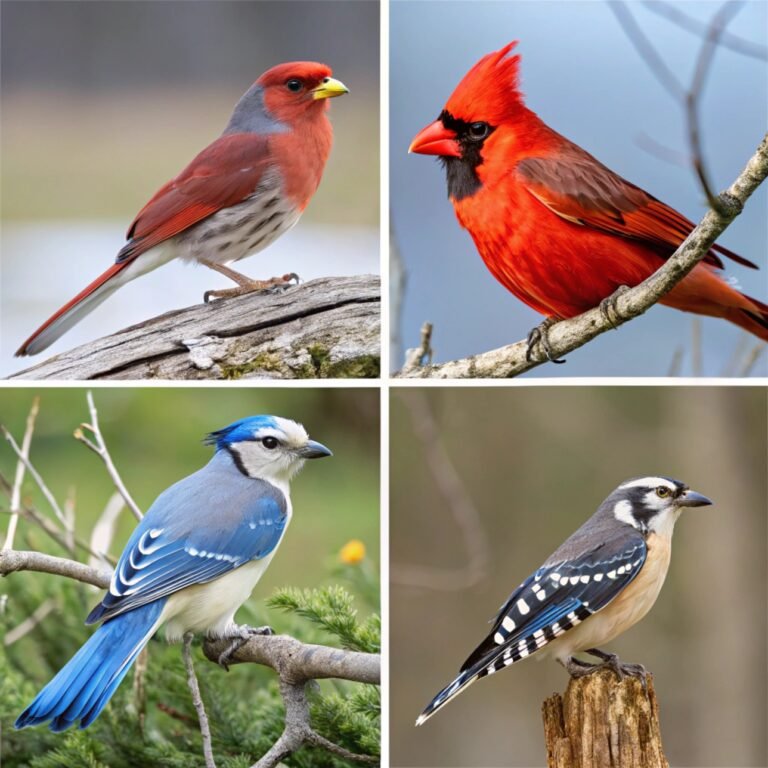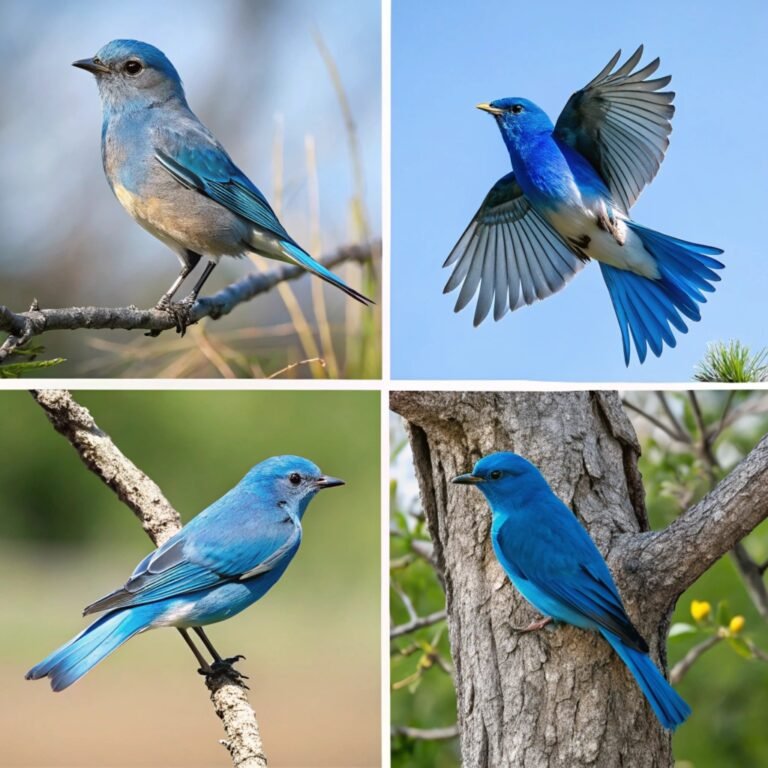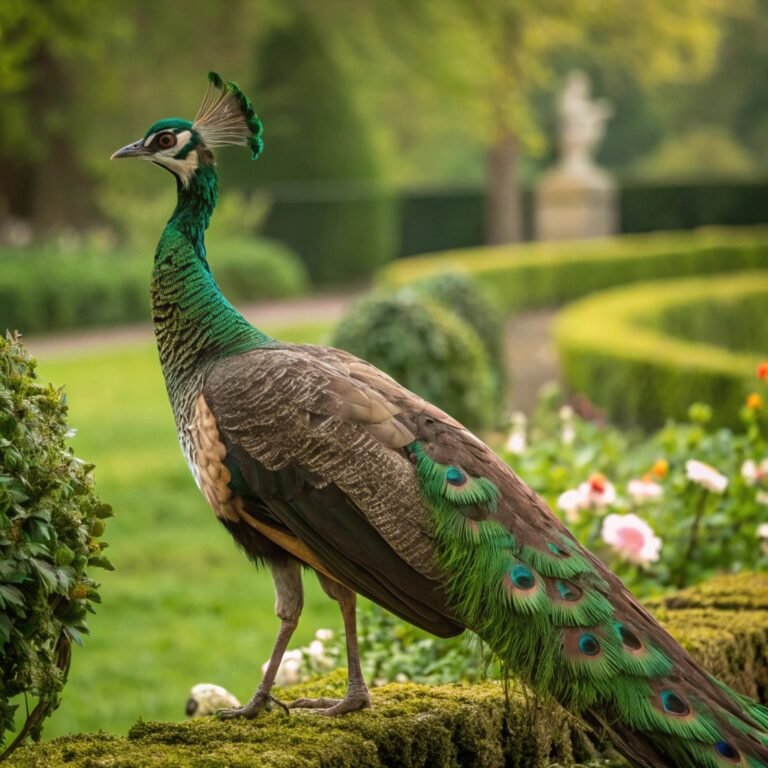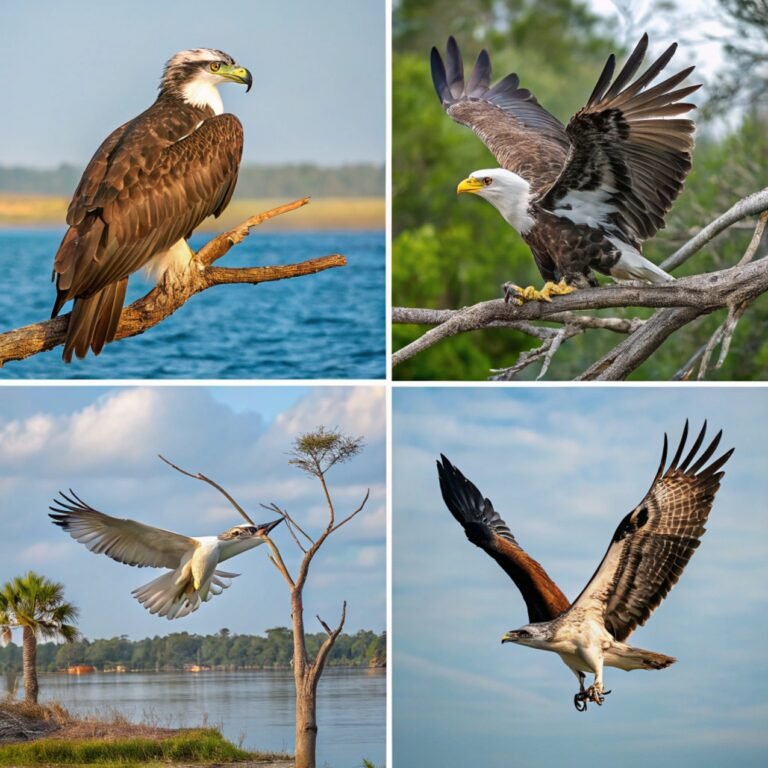A Comprehensive Guide to the Black Skimmer: Exploring the Unique Characteristics and Behaviors of This Fascinating Seabird Species
The Black Skimmer (Rynchops niger) is a remarkable seabird that captivates bird enthusiasts and researchers alike with its distinctive features and behaviors.
This comprehensive guide delves into the world of the Black Skimmer, offering insights into its physical traits, habitat preferences, feeding habits, and conservation status.
By exploring the various aspects of this unique species, we aim to foster a deeper understanding and appreciation for these fascinating birds.
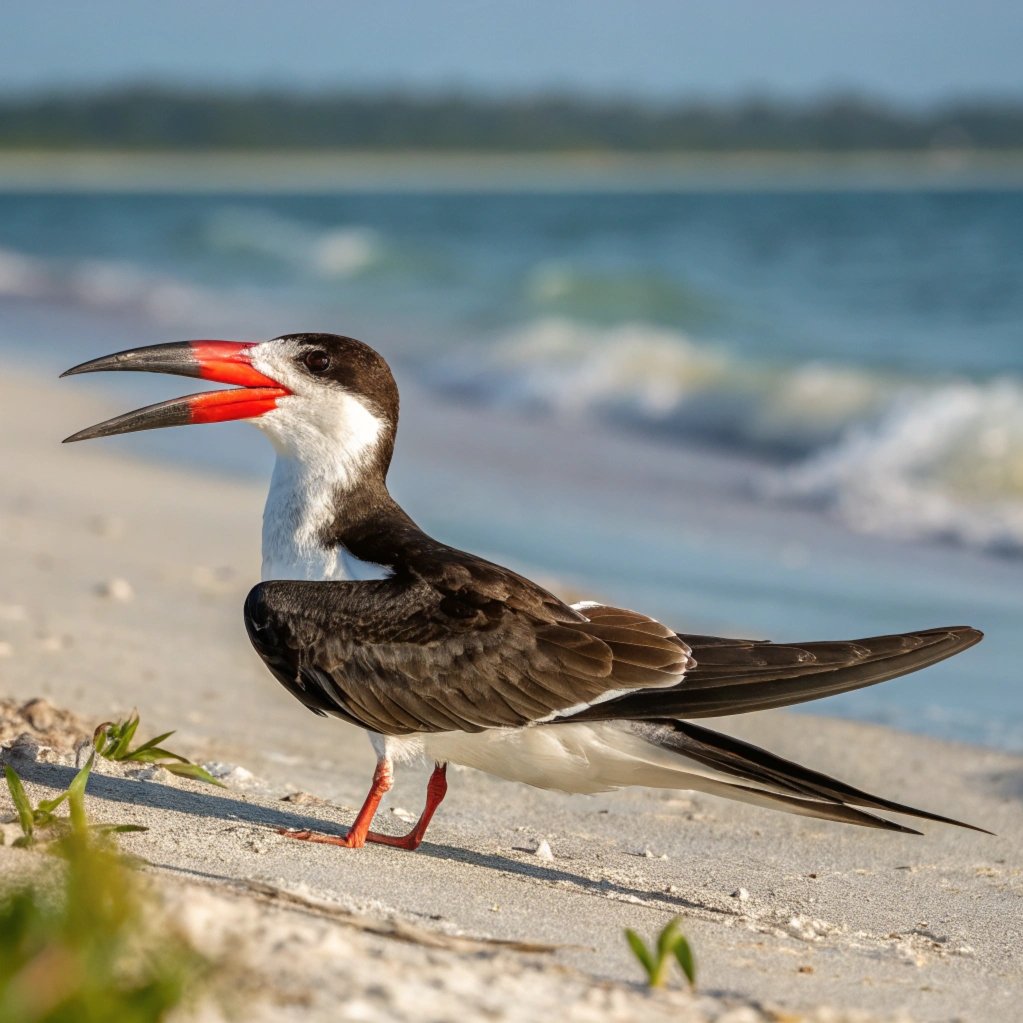
Key Takeaways:
- The Black Skimmer possesses a distinctive bill structure with a longer lower mandible, crucial for its unique feeding technique.
- These birds thrive in coastal habitats, including sandy beaches, islands, and estuaries across North and South America.
- Black Skimmers employ a specialized foraging method called skimming to catch small fish and invertebrates.
- They exhibit social behaviors, often forming large flocks during feeding and nesting periods.
- Despite not being endangered, Black Skimmers face threats from habitat loss and environmental changes, necessitating ongoing conservation efforts.
- Their mating rituals include synchronized flying, showcasing their agility and group cohesion.
- Black Skimmers have unique physical adaptations, including catlike vertical pupils, which aid in their nocturnal foraging habits.
Introduction to the Black Skimmer
The Black Skimmer is a captivating seabird that belongs to the gull family Laridae. As a member of the genus Rynchops, it shares similarities with terns but stands out due to its unique physical characteristics and behaviors.
These birds are known for their striking appearance and specialized feeding technique, which sets them apart from other coastal birds. Black Skimmers play a crucial role in coastal ecosystems, serving as indicators of environmental health and contributing to the biodiversity of their habitats.
Their presence along shorelines often draws the attention of birdwatchers and nature enthusiasts, making them a popular subject for observation and study.
Understanding the Black Skimmer’s ecology and behavior is essential for conservation efforts and appreciating the intricate balance of coastal ecosystems.
Physical Characteristics of the Black Skimmer

The Black Skimmer boasts several distinctive physical features that make it easily recognizable among seabirds. Its most striking characteristic is its unique bill structure, with the lower mandible extending significantly beyond the upper one.
This adaptation is crucial for its specialized feeding technique. The bill is laterally compressed and features a vibrant red base that transitions to black at the tip, creating a visually striking contrast.
Adult Black Skimmers display a bold black and white plumage, with a black back, crown, and upper wings, contrasting sharply with their white underparts and forehead. Their long, pointed wings contribute to their graceful flight and efficient skimming behavior.
Perhaps one of their most intriguing features is their eyes, which have dark brown irises and unique catlike vertical pupils, an adaptation that aids in their crepuscular and nocturnal foraging habits.
This combination of physical traits not only serves functional purposes but also contributes to the Black Skimmer’s aesthetic appeal.
Habitat and Distribution
Black Skimmers are primarily coastal birds, favoring habitats that provide both suitable nesting grounds and abundant foraging opportunities. They can be found along the Atlantic and Gulf coasts of North America, as well as along the Pacific coast from California southward.
Their range extends into South America, where they inhabit coastal areas and large river systems. In their breeding range, Black Skimmers prefer sandy beaches, barrier islands, and shell banks with sparse vegetation. These areas offer ideal conditions for nesting and raising their young.
During the non-breeding season, they may frequent a wider variety of coastal habitats, including estuaries, lagoons, and tidal creeks. Interestingly, some populations have adapted to inland habitats, nesting on large lakes, particularly in Florida and California.
The distribution of Black Skimmers is influenced by factors such as food availability, suitable nesting sites, and human activities along coastlines. Their presence in an area often indicates healthy coastal ecosystems with abundant fish populations.
Behavior of the Black Skimmer
Black Skimmers exhibit a range of fascinating behaviors that reflect their adaptation to coastal environments. One of their most notable behaviors is their unique foraging technique known as skimming.
This involves flying low over the water’s surface with their elongated lower mandible partially submerged, ready to snap shut upon contact with prey.
This method allows them to feed efficiently, even in low light conditions. Black Skimmers are highly social birds, often seen in large flocks during both breeding and non-breeding seasons.
Their social nature extends to their nesting habits, where they form dense colonies, sometimes alongside other seabird species. During courtship, Black Skimmers engage in elaborate displays, including synchronized flying and ritualized feeding behaviors.
These displays not only serve to attract mates but also strengthen pair bonds. Their flight patterns are particularly graceful, with smooth glides and sudden turns that showcase their aerial agility.
At rest, Black Skimmers often adopt a distinctive posture, appearing as a low, black triangle on the beach due to their long wings.
Diet and Foraging Habits

The diet of Black Skimmers primarily consists of small fish and occasionally crustaceans. Their unique bill structure and foraging technique allow them to exploit a niche that few other birds can access.
When foraging, Black Skimmers fly low over calm waters, their lower mandible skimming the surface. Upon encountering prey, they quickly snap their bill shut, capturing the fish or invertebrate. This method is most effective in shallow waters where fish congregate near the surface.
Common prey items include killifish, anchovies, silversides, and menhaden. Black Skimmers are adaptable in their foraging habits, often synchronizing their feeding times with tidal patterns to take advantage of optimal conditions.
They are known to forage both during the day and at night, with their specialized eyes allowing for effective nocturnal hunting. Interestingly, juvenile Black Skimmers have equal-length mandibles and must learn to use their bills effectively as they grow.
This unique feeding adaptation not only defines their ecological role but also influences their habitat preferences and distribution along coastlines.
Breeding and Nesting
The breeding season for Black Skimmers typically begins in late spring and extends through summer. These birds are colonial nesters, often forming large groups on sandy beaches, shell banks, or occasionally on gravel roofs.
The nesting process begins with courtship displays, which include aerial acrobatics and ritualized feeding behaviors. Once pairs form, they work together to create a simple nest scrape in the sand, often lined with shells or small pebbles.
Female Black Skimmers usually lay 3-5 eggs, which both parents incubate for about 23-25 days. The eggs are well-camouflaged, blending in with the surrounding sand to protect them from predators. After hatching, the chicks remain in the nest for a short period before becoming mobile.
Both parents participate in feeding and protecting the young, which fledge after about 28 days. Nesting colonies of Black Skimmers can be vulnerable to disturbances from human activities, predators, and environmental factors such as flooding.
Conservation efforts often focus on protecting these nesting sites to ensure successful breeding seasons.
Migration Patterns
Black Skimmers exhibit variable migration patterns depending on their breeding location. Northern populations, particularly those nesting along the Atlantic coast of North America, are migratory, moving southward as temperatures drop and food becomes scarce.
These birds typically winter along the coasts of the Caribbean, Central America, and northern South America.
The migration usually begins in late summer or early fall, with birds returning to their breeding grounds in spring.
Southern populations, especially those in tropical and subtropical regions, tend to be more sedentary, making only short movements in response to changing local conditions.
Interestingly, Black Skimmers from the Pacific coast of North America have been observed making trans-Gulf migrations, crossing directly over the Gulf of Mexico rather than following the coastline.
During migration, Black Skimmers often travel in flocks, taking advantage of favorable winds and stopping at suitable coastal habitats along their route.
These migration patterns play a crucial role in the species’ distribution and highlight the importance of protecting habitats along their entire range.
Conservation Status
While the Black Skimmer is not currently listed as globally threatened, the species faces several challenges that have led to population declines in parts of its range.
The International Union for Conservation of Nature (IUCN) classifies the Black Skimmer as a species of Least Concern due to its wide distribution. However, in many regions, including the United States, it is considered a Species of Special Concern.
The primary threats to Black Skimmers include habitat loss and degradation due to coastal development, human disturbance at nesting sites, and climate change impacts such as sea-level rise and increased storm frequency.
Conservation efforts focus on protecting and managing critical nesting habitats, implementing measures to reduce human disturbance, and monitoring population trends. Many coastal states have specific management plans in place to safeguard Black Skimmer colonies.
These efforts often involve beach closures during nesting season, predator control, and public education programs to raise awareness about the species’ needs. The success of these conservation initiatives is crucial for maintaining healthy Black Skimmer populations and preserving the coastal ecosystems they inhabit.
Threats to the Black Skimmer
Black Skimmers face a variety of threats that impact their populations and breeding success. One of the most significant challenges is habitat loss due to coastal development and erosion.
As human populations expand along coastlines, the sandy beaches and islands that Black Skimmers rely on for nesting are often altered or destroyed.
Climate change poses another serious threat, with rising sea levels and increased storm intensity potentially inundating nesting sites and altering food availability. Human disturbance at nesting colonies, including recreational activities on beaches, can lead to nest abandonment or reduced breeding success.
Predation by both natural predators and introduced species, such as feral cats and rats, can significantly impact eggs and chicks. Pollution, particularly oil spills and plastic debris, can affect both the birds directly and their prey species.
Additionally, changes in fish populations due to overfishing or environmental factors can reduce food availability for Black Skimmers.
Addressing these threats requires a multifaceted approach, combining habitat protection, public education, and broader environmental conservation efforts to ensure the long-term survival of this unique species.
Interesting Facts About the Black Skimmer
The Black Skimmer is a bird of many fascinating attributes. One of the most intriguing facts is that it’s the only bird species with a lower mandible longer than the upper one, a unique adaptation for its skimming feeding technique.
Black Skimmers have exceptional night vision, thanks to their vertically elliptical pupils, which are rare among birds and more commonly seen in cats.
This adaptation allows them to forage effectively in low light conditions. Interestingly, young Black Skimmers are born with mandibles of equal length, which grow disproportionately as they mature.
These birds are known for their graceful flight, often described as tern-like, and can perform impressive aerial maneuvers. Black Skimmers are also one of the few bird species that can snap their bills shut in as little as 25 milliseconds, a crucial ability for their feeding method.
In terms of longevity, some Black Skimmers have been recorded living up to 20 years in the wild, showcasing their resilience.
Their social nature extends to “creching” behavior, where multiple chicks from different parents gather in groups for protection. These unique characteristics make the Black Skimmer a truly remarkable species in the avian world.
How to Identify a Black Skimmer
Identifying a Black Skimmer is relatively straightforward due to its distinctive features. The most obvious characteristic is its unique bill, with the lower mandible noticeably longer than the upper. In adults, the bill is bright red at the base and black at the tip.
The bird’s plumage is strikingly black and white, with a black back, crown, and upper wings contrasting sharply with white underparts and forehead. Black Skimmers have long, pointed wings that extend beyond the tail when at rest, giving the bird a distinctive silhouette.
In flight, their wingbeats are deep and graceful, often compared to those of terns. Juvenile Black Skimmers have a more mottled appearance, with brown upperparts and a less pronounced bill shape, but they still retain the distinctive skimmer profile.
When observing these birds, pay attention to their behavior; their low flight over water surfaces and unique feeding technique are telltale signs. Black Skimmers are often seen in groups, either resting on sandbars or flying in formation.
Their size, comparable to that of a crow or small gull, and their distinctive calls, described as barking “kak-kak-kak” sounds, can also aid in identification.
Similar Species to the Black Skimmer
While the Black Skimmer is quite unique, there are a few species that might cause confusion for novice birdwatchers.
The most similar birds are other skimmer species, namely the African Skimmer (Rynchops flavirostris) and the Indian Skimmer (Rynchops albicollis). However, these species have different geographical ranges and are unlikely to be encountered in the same areas as the Black Skimmer.
In North America, certain terns might be mistaken for Black Skimmers at a distance, particularly the Royal Tern (Thalasseus maximus) and the Caspian Tern (Hydroprogne caspia) due to their similar size and coastal habitat preferences.
However, closer observation reveals clear differences in bill shape, flight patterns, and overall coloration.
The Razorbill (Alca torda), an auk species found in the North Atlantic, has a somewhat similar black and white plumage pattern but lacks the distinctive bill of the skimmer and has a very different body shape and behavior.
It’s important to note that the Black Skimmer’s unique bill structure and feeding behavior set it apart from all other seabirds, making it relatively easy to identify once these key features are observed.
Black Skimmer in Culture
The Black Skimmer, with its striking appearance and unique behaviors, has captured human imagination and found its way into various aspects of culture. In coastal communities where these birds are common, they often become local icons, featured in artwork, logos, and regional wildlife guides.
The bird’s distinctive silhouette is sometimes used in coastal-themed designs and decorations. In literature and nature writing, Black Skimmers have been described poetically, with authors often marveling at their graceful flight and unusual feeding technique.
They have been the subject of numerous wildlife documentaries and nature programs, showcasing their unique adaptations and behaviors to wider audiences.
In some areas, Black Skimmer colonies have become tourist attractions, with birdwatching tours specifically designed to observe these fascinating birds.
Conservation efforts focused on Black Skimmers have also raised awareness about coastal habitat preservation, making the species an important symbol in environmental education programs.
While not as widely recognized as some other bird species, the Black Skimmer’s unique characteristics ensure it holds a special place in the cultural landscape of coastal regions where it resides.
FAQs
What is unique about the Black Skimmer’s bill?
The Black Skimmer’s bill is unique among birds, with the lower mandible significantly longer than the upper. This adaptation allows them to skim the water’s surface while flying, catching small fish and crustaceans.
Where can Black Skimmers be found?
Black Skimmers are primarily found along the coasts of North and South America, including the Atlantic, Gulf, and Pacific coasts. They prefer sandy beaches, estuaries, and coastal islands for nesting and foraging.
How do Black Skimmers hunt for food?
Black Skimmers hunt by flying low over water with their lower bill skimming the surface. When they encounter prey, they quickly snap their bill shut to catch it. This technique allows them to feed effectively even in low light conditions.
Are Black Skimmers endangered?
While not globally endangered, Black Skimmers are considered a Species of Special Concern in many regions due to habitat loss, human disturbance, and climate change impacts. Conservation efforts are ongoing to protect their populations.
What is the lifespan of a Black Skimmer?
Black Skimmers can live up to 20 years in the wild, though the average lifespan is typically shorter due to various environmental factors and threats.
Do Black Skimmers migrate?
Northern populations of Black Skimmers are migratory, moving south for the winter. Southern populations tend to be more sedentary, making only short movements in response to local conditions.
How can I help protect Black Skimmers?
You can help protect Black Skimmers by supporting coastal habitat conservation efforts, respecting beach closures during nesting season, and educating others about the importance of preserving these unique birds and their habitats.

Hello, I’m Emily Price, the founder of Birds Affection. As a passionate bird enthusiast and spiritual seeker, I’ve always been fascinated by the symbolic meanings and mystical connections between birds and our lives. On this website, I share my knowledge and insights on the spiritual significance of various bird species, exploring their roles as messengers, guides, and teachers. Through my writing, I aim to inspire and educate others on the profound wisdom and beauty that birds bring to our world. Join me on this journey as we delve into the enchanting realm of bird symbolism and discover the hidden meanings behind these magnificent creatures.



